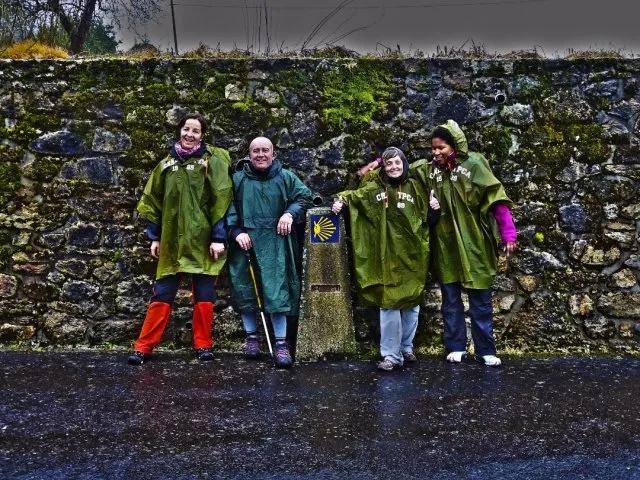The Diabetes Foundation remembers that you have to follow rules to enjoy the Camino de Santiago with total security and enjoy it to the fullest.
The dissemination of physical activity among people of all ages is one of the greatest challenges in our society;Daily routine brings us closer and more to sedentary lifestyle, a dangerous habit for our health.
Exercising daily entails great benefits for whatever, whatever their age or physical condition, but it is even more for people with diabetes, a disease that does not prevent them from participating in physical activities such as touring the Camino de Santiago.
However, being able to overcome this challenge for a diabetic entails a series of principles that must be taken into account to be able to control the disease and enjoy the 100%experience.
The Diabetes Foundation, on the occasion of the challenge ‘walks through diabetes to Santiago’ has configured a useful decalogue of tips to make the Camino de Santiago with diabetes.The decalogue is structured in two major sections;a centered on preparations and considerations prior to the trip and another of recommended practices while the diabetic runs through the Jacobean route that we detail below:
Preparations before making the Camino de Santiago
First, the experts of the Diabetes Foundation recommend a physical preparation of about three months for the diabetic pilgrim with progressive and regular training adapted to the physical and age conditions of each person.At the same time you have to visit the doctor to inform you, ask for nutritional advice and adapt the treatment to these conditions.
Finally, the diabetics are notified that they are in need of taking a plane to reach the beginning of the Camino de Santiago that it is essentialThe glucometer, insulin pen, continuous glucose meter, etc.
No less important for the diabetic who wants to travel the Jacobean route is what to wear in the backpack to make the Camino de Santiago.It is important to bring enough insulin for the total of days that we are going to walk, in addition to an extra amount and a glucagon kit.As recommended by the Diabetes Foundation, it is also necessary to carry a portable fridge to keep all medical material at the proper temperature, preventing some shelters may not have refrigerator.
For the rest, the considerations regarding what we must take to the road are common to all pilgrims: footwear appropriate to the ground and preferably used and comfortable, light and suitable clothing for the practice of sport.
When the diabetic runs through the stages of the road, changes in blood glucose levels (as in any physical exercise practice) will occur.The Diabetes Foundation remembers that it is necessary to measure the glucose level before, during and after the activity and also perform a blood glucose control before going to sleep.
If for all pilgrims it is important to always carry some food to ingest while we walk (energy bars, snack, fruit piece, cookies), it is even more for a diabetic;To counteract hypoglycemia you have to carry foods such as rapid absorption carbohydrates containing sugars.Once each stage is finished, as with all the pilgrims, you have to especially take care of the feet, clean them, massage them and change the footwear for sandals to let them rest.
Do not forget the hydration, for which it is recommended to eat about 3 liters of water per day,varying the amount depending on the weather and duration of each stage.The Diabetes Foundation remembers that when eliminating glucose through the urine with hypoglycemia, it is more likely to dehydrate, so you have to drink more water than normal, this being always bottled.The consumption of light beverages and infusions is also recommended, always watching on the labels what carbohydrates are being consumed.
These are several tips to make the Camino de Santiago with diabetes, but we recommend that you also take a look at our common advice for all kinds of pilgrims.


